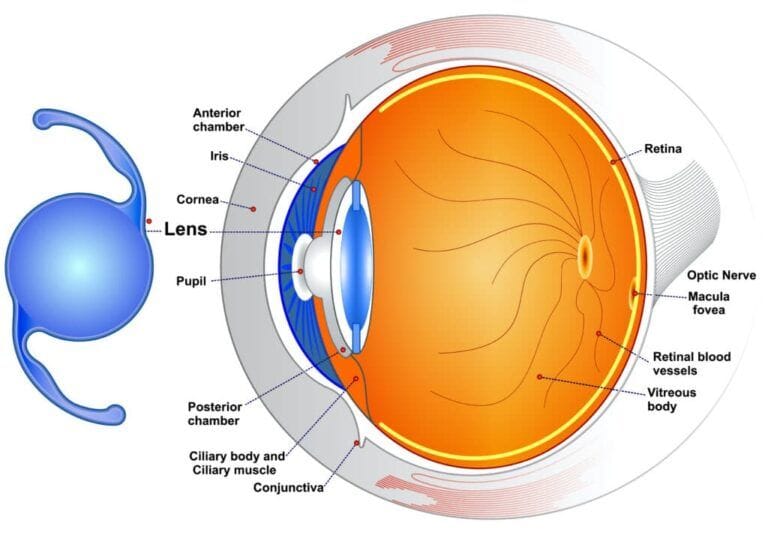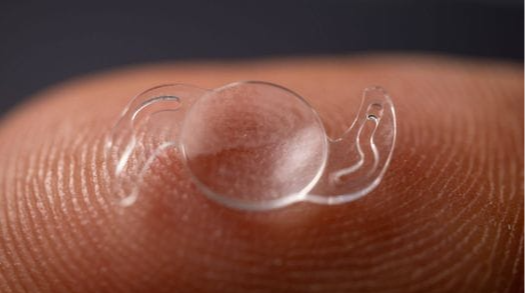Refractive Lens Exchange (RLE), also known as Clear Lens Exchange (CLE) or Lens Replacement Surgery, is a surgical procedure used to correct refractive errors and reduce dependency on glasses or contact lenses. It involves removing the eye's natural lens and replacing it with an artificial intraocular lens (IOL) implant.
Refractive Lens Exchange is considered a safe and effective option for individuals with significant refractive errors who may not be suitable candidates for other forms of refractive surgery such as LASIK or PRK.





